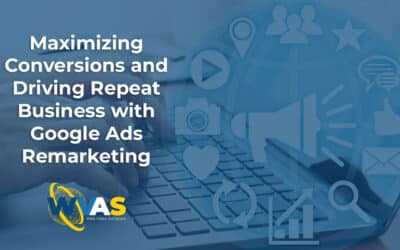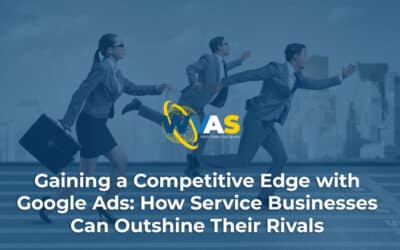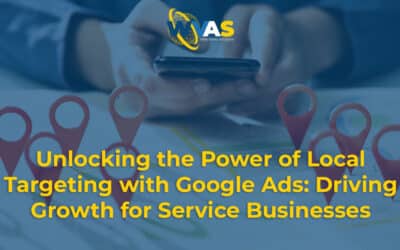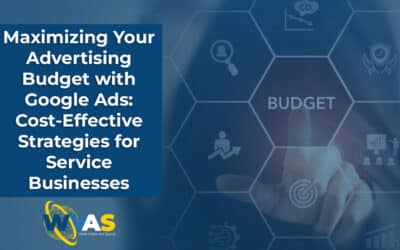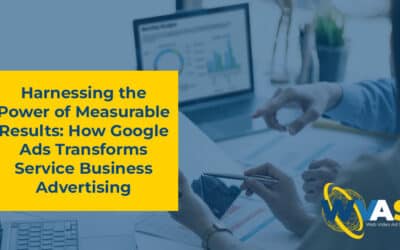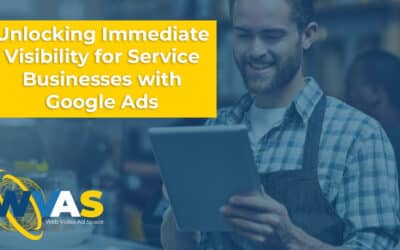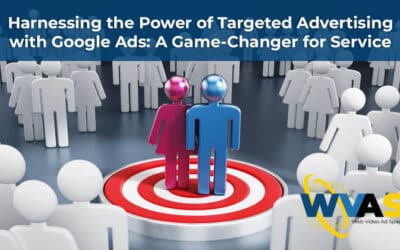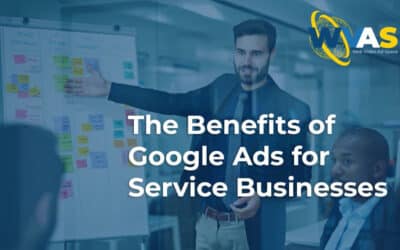With the competitive nature of the epoxy flooring industry, it’s crucial to adopt effective paid advertising strategies to stand out and attract potential clients. Pay-per-click (PPC) advertising, especially through Google Ads, can drive high-quality leads, boost...
Google Ads
Maximizing Conversions and Driving Repeat Business with Google Ads Remarketing
In the ever-evolving world of digital marketing, service businesses are constantly seeking innovative ways to engage their target audience and drive conversions. While attracting new customers is essential for growth, nurturing relationships with existing customers...
Gaining a Competitive Edge with Google Ads: How Service Businesses Can Outshine Their Rivals
In the fiercely competitive world of digital marketing, service businesses must constantly seek ways to differentiate themselves and capture the attention of potential customers. With the widespread adoption of online advertising, many businesses are turning to Google...
Unlocking the Power of Local Targeting with Google Ads: Driving Growth for Service Businesses
In today's competitive business landscape, service businesses face the ongoing challenge of attracting local customers and standing out in their specific geographic markets. With the rise of digital advertising, it has become increasingly important for these...
Maximizing Your Advertising Budget with Google Ads: Cost-Effective Strategies for Service Businesses
In the world of digital marketing, service businesses are constantly seeking ways to maximize their advertising ROI while keeping costs under control. With so many advertising options available, it can be challenging to determine which platforms offer the best value...
Harnessing the Power of Measurable Results: How Google Ads Transforms Service Business Advertising
In the ever-evolving landscape of digital advertising, service businesses are constantly seeking ways to maximize their online presence and attract potential customers. One of the most powerful tools at their disposal is Google Ads, a platform that not only enables...
Unlocking Immediate Visibility for Service Businesses with Google Ads: A Game-Changer in Digital Marketing
In today's fast-paced digital landscape, service businesses face the daunting challenge of capturing the attention of potential customers amidst fierce competition. With countless businesses vying for the coveted top spots on search engine results pages (SERPs),...
Harnessing the Power of Targeted Advertising with Google Ads
In the rapidly evolving world of digital marketing, reaching the right audience has become more critical than ever for the success of service businesses. Gone are the days when a one-size-fits-all approach to advertising yielded satisfactory results. Today, businesses...
The Benefits of Google Ads for Service Businesses
As a service business, reaching potential customers and generating leads is essential for growth and success. One powerful tool that can help you achieve these goals is Google Ads. By leveraging the world's largest search engine, you can effectively target your ideal...


